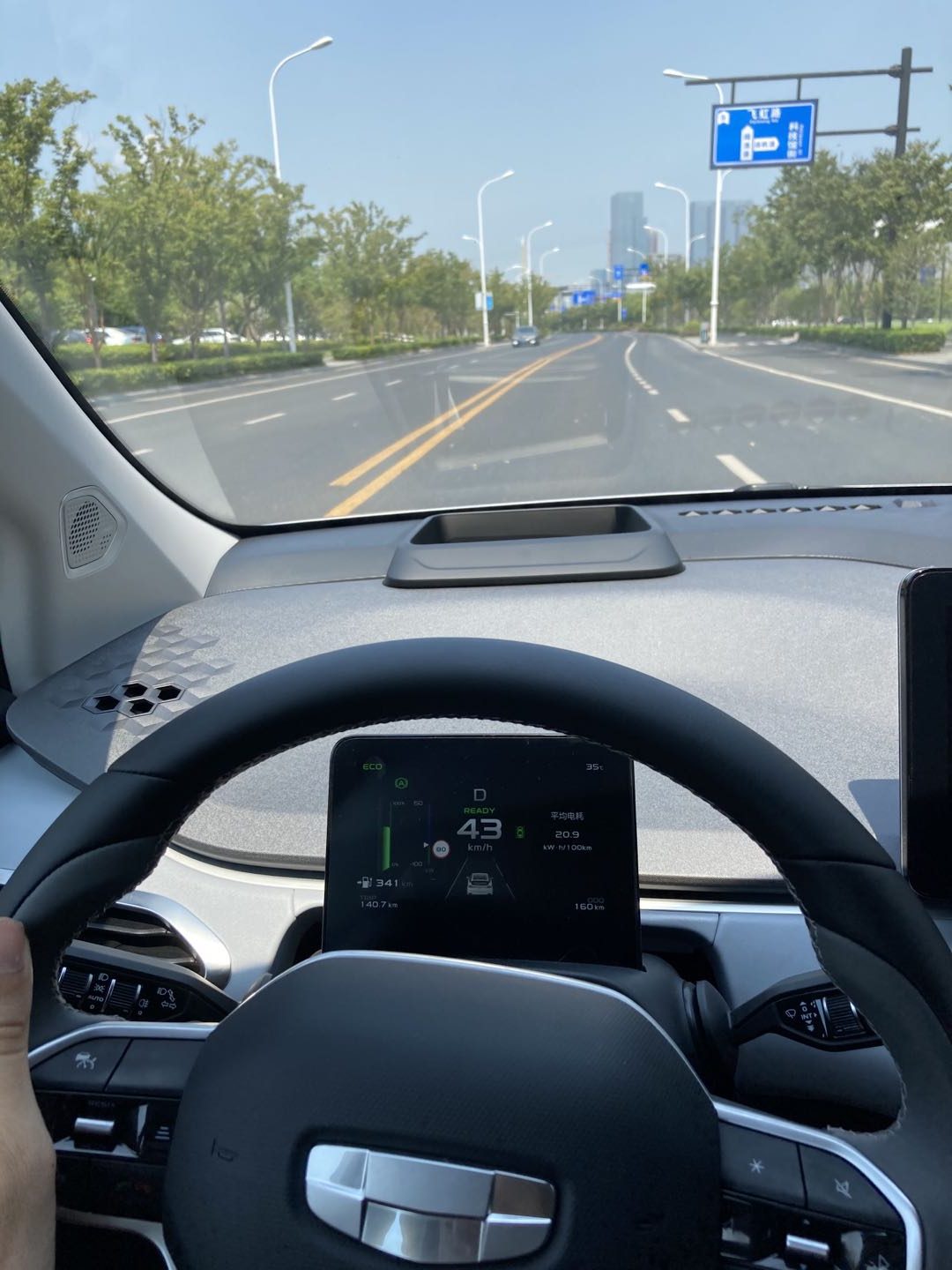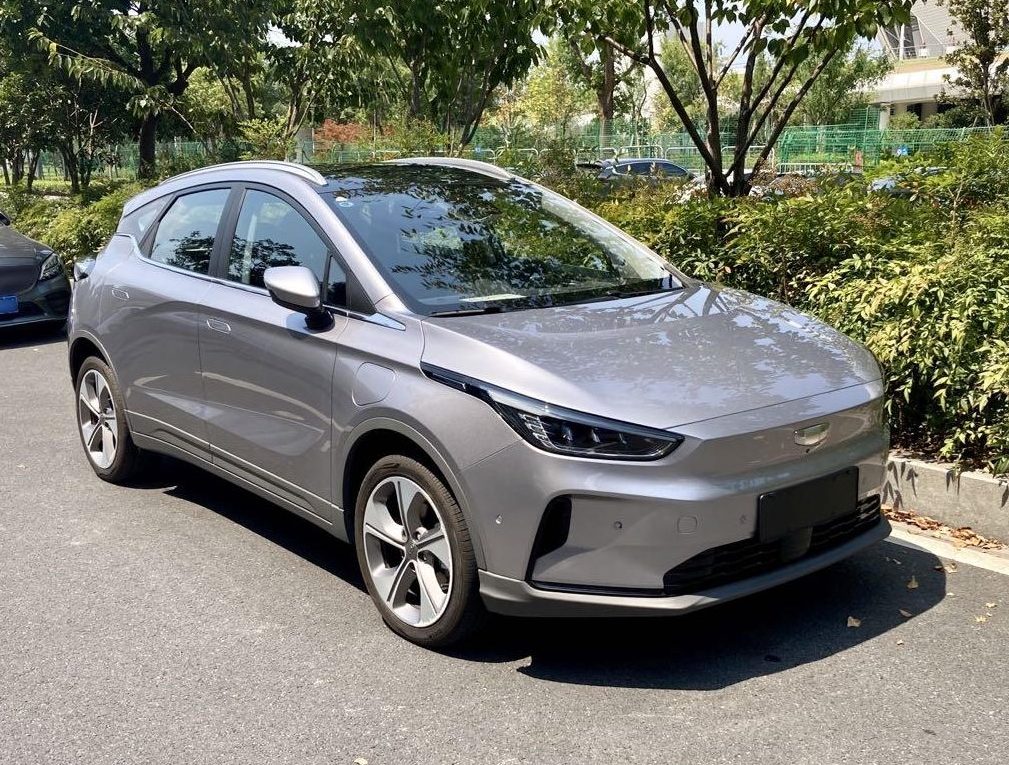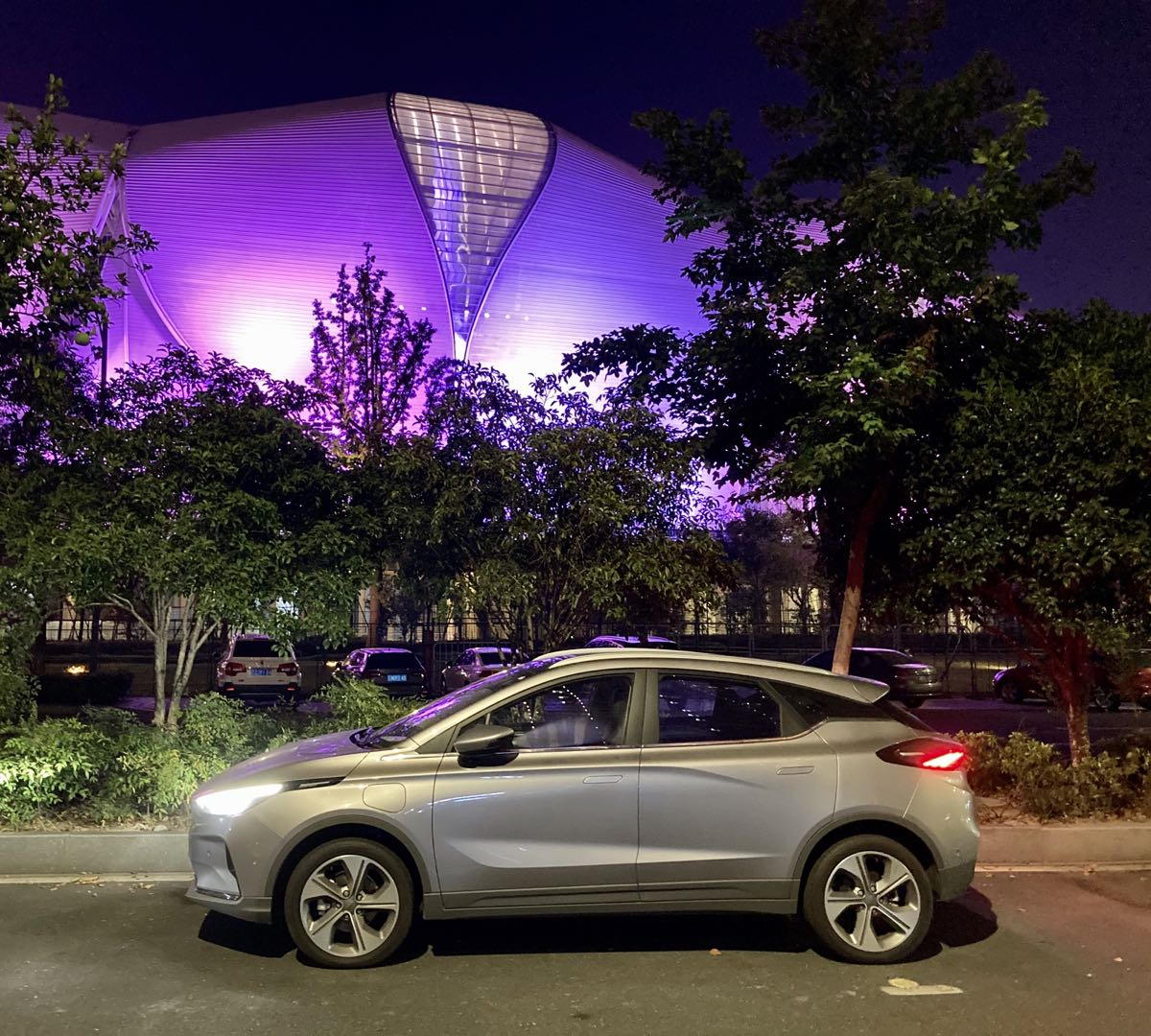While many morally agree with the concept of EVs, constraints related to pricing, engineering and infrastructure have served as a deterrent in the past. Now, in the year 2020, we look into the reality of living with an EV.

Spot the EV
I know what you’re thinking – electric vehicles, or EVs as they are more commonly known, are no new thing. Perhaps the most famous early example of a consumer vehicle using electricity as part of its powertrain is the Toyota Prius, first released more than 20 years ago in 1997. Since then, the technology has constantly been in a stage of rapid development as the automobile industry races towards providing affordable electric solutions to consumers.
At present, the prospects seem promising – mid-price-ranged pure electric cars are easily capable of more than 500 kilometres, with batteries of increasingly-long lifetimes released on a seemingly monthly basis. The immediate future seems bright too, with solid state batteries likely to be ready for commercial use in the next 5 years, which could double the potential energy capacity the batteries of electric vehicles can hold.
However, for the vast majority of people, this is still not enough. While the cars themselves, both pure electric and mild and plugin hybrid versions, have been ready for mass adoption for some time, in many case limitations around infrastructure (‘range anxiety’ – “what if I run out of power?”) and uncompetitive pricing (the first Tesla Roadster was priced at around USD100K) have held people back. In short, while an individual may morally agree with ‘going green’ (it’s hard not to!), it is the other factors that prevent them from making the leap to a more sustainable lifestyle.
Creating a world fit for EVs
As the world races towards electrification, some countries are taking to electric vehicles more quickly than others. One such country is China, who, thanks to generous government subsidies designed for EV startups for several years, received a large boost to the electric vehicle industry. While many of these products were sub-par, and the responsible companies heavily fined for taking advantage of these policies, the resulting landscape was one that helped serious EV makers in their development of competitive sustainable vehicles.

To put this in perspective, while it was recently reported that we have reached the milestone of one million charging stations globally, over half of these are within China; for every charging point there is in the United States, China has eight. Although many countries have ambitious aims for their EV infrastructure (the EU has plans for one million public chargers by 2025), the China at present is perhaps a better guide as to what we can expect in the coming years in currently-emerging EV markets.

An urban dream
It is no secret that EVs are (for the moment at least) better suited to urban environments – their range means they are aptly suited to shorter commutes and, should you need to charge, cities offer plenty of options.
Just because the urban metropolis is big, noisy and smelly doesn’t mean your car needs to be! One of the first things that people notice upon driving an EV for the first time is the sheer lack of noise: NVH (noise, vibration and harshness) becomes a thing of the past; shuddering to or away from stationary turns into a smooth, gliding sensation. While I can’t speak for the other cars sitting in traffic, EVs don’t contribute to the pollution and the nasty smell in the air.
Going the distance
What happens if I run out of power? Where can I charge if I need to? Will my car make it back home? Perhaps the biggest qualm people have at present with going electric is ‘range anxiety’: ICE (internal combustion engine) vehicles can (at least hypothetically) go on forever, whereas their electric counterparts are ‘limited’ by the batteries they hold.
A lot of these anxieties are unfounded. Not only are an EV’s capabilities above and beyond what a driver would need for the vast majority of usage (the average EV selling today has a range of around 500km), but charging stations are ubiquitous and there is always a free spot (China is aiming for the ration of one charging spot for every single EV on the road).
A lot of these anxieties are unfounded. Not only are an EV’s capabilities above and beyond what a driver would need for the vast majority of usage (the average EV selling today has a range of around 500km), but charging stations are ubiquitous and there is always a free spot (China is aiming for one charging spot for every single EV on the road).

The Geometry C has a true range of 550km
What are you looking at?
Historically, it has been quite easy to spot an electric vehicle driving along the street. Making the car aerodynamic has led to compromised aesthetics, and many EV companies have opted for the kitsch, ‘cute’, Japanese-inspired design. This too is changing, with design not limited by the car’s technical capabilities. Polestar, with its Designer-CEO Thomas Ingenlath, has won multiple design accolades for the designs of its Polestar 1 and 2, and also won the Red Dot Brand 2020.
In fact, spotting an EV from a crowd is almost impossible these days – perhaps there will be a time when it is the combustion engine vehicles that stick out. People will watch in awe and say “Wow, look at that old thing! A relic of times gone by.”

Polestar has won multiple awards for its designs
Despite the deterrents, changes in consumer habits are encouraging. Europe, for example, seems to be taking to EVs, with sales of EVs in the UK in the month of August doubling from August of last year. Geely Group has long understood that the future of the auto industry is electric and has begun electrifying the product lines of its various brands. Although infrastructure development, cost, range and recharge time has to allow for mass adoption of the technology outside major metropolitan areas, the group will continue its commitment to the pursuit of an emission-free pure electric future.


